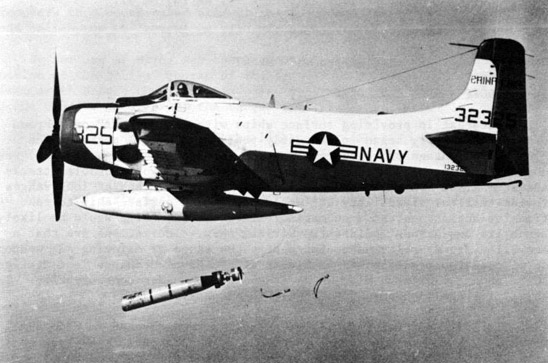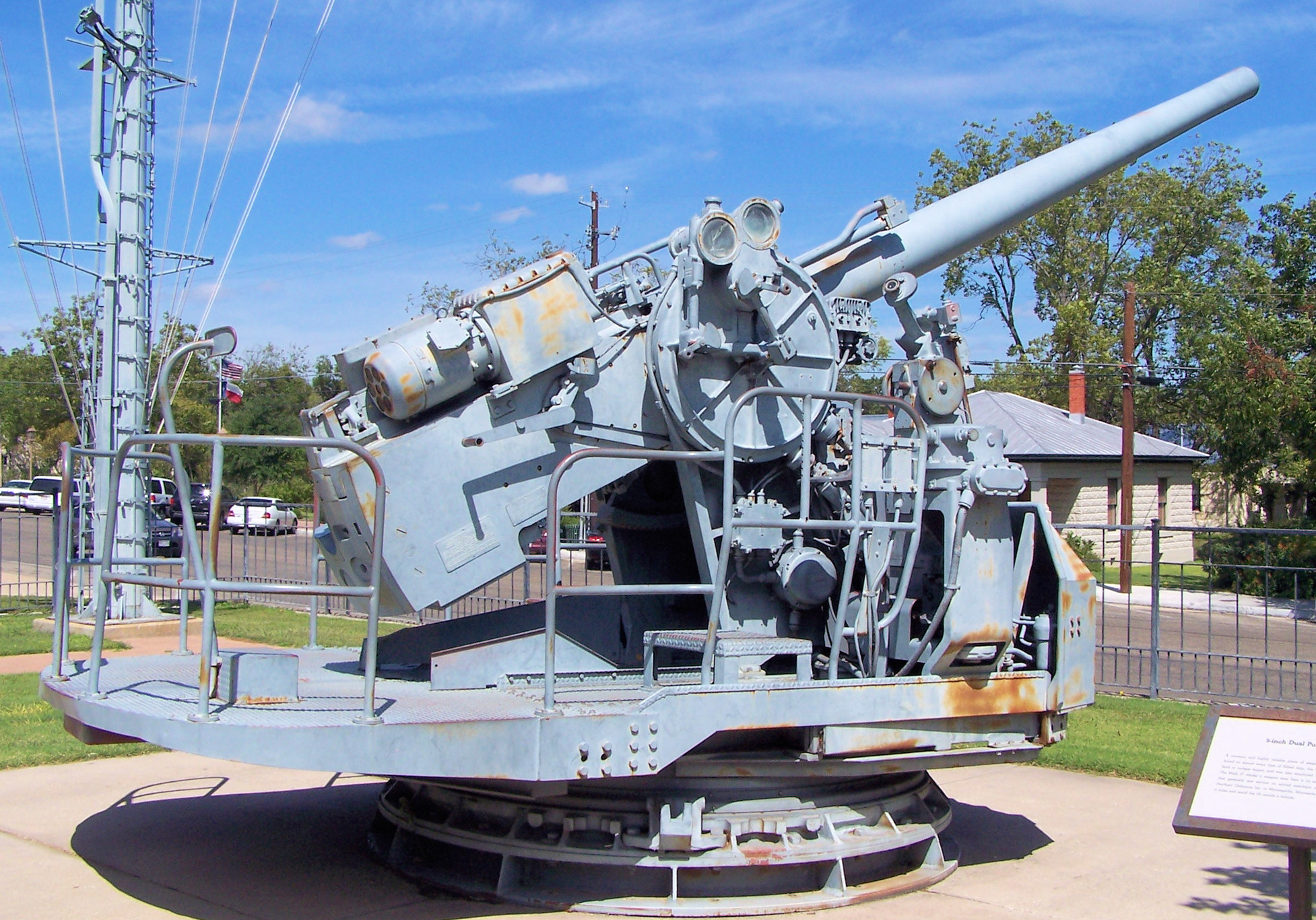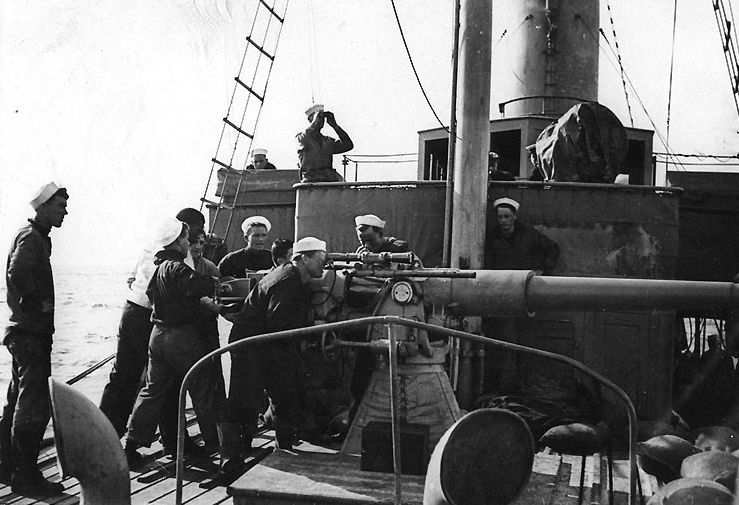|
Admiral Pereira Da Silva-class Frigate
The ''Admiral Pereira da Silva'' class of frigates, also known as Admiral-class frigates, were in the service of the Portuguese Navy between 1966 and 1985. The class was based on the of the United States Navy. The three ships of the ship class, class were built in Portugal, at the Lisnave shipyards and the shipyards of Viana do Castelo. The construction of the ships was part of the effort of Portugal to expand its fleet in the face of unrest in the Portuguese Empire, empire and was financed by the United States via the Mutual Defense Assistance Program. Financial problems prevented them from ever being modernised and they were deleted in 1989. Design and description By the 1960s, Portugal retained an Portuguese empire, extensive empire and the vast majority of the Portuguese Navy's warships were dedicated to patrolling its waters. However, in that decade the empire saw unrest and invasion and the navy was expanded to meet those threats. Three ships were ordered from Portuguese sh ... [...More Info...] [...Related Items...] OR: [Wikipedia] [Google] [Baidu] |
Lisbon
Lisbon (; pt, Lisboa ) is the capital and largest city of Portugal, with an estimated population of 544,851 within its administrative limits in an area of 100.05 km2. Lisbon's urban area extends beyond the city's administrative limits with a population of around 2.7 million people, being the 11th-most populous urban area in the European Union.Demographia: World Urban Areas - demographia.com, 06.2021 About 3 million people live in the Lisbon metropolitan area, making it the third largest metropolitan area in the , after |
Length Overall
__NOTOC__ Length overall (LOA, o/a, o.a. or oa) is the maximum length of a vessel's hull measured parallel to the waterline. This length is important while docking the ship. It is the most commonly used way of expressing the size of a ship, and is also used for calculating the cost of a marina A marina (from Spanish , Portuguese and Italian : ''marina'', "coast" or "shore") is a dock or basin with moorings and supplies for yachts and small boats. A marina differs from a port in that a marina does not handle large passenger ships o ... berth (for example, £2.50 per metre LOA). LOA is usually measured on the hull alone. For sailing ships, this may ''exclude'' the bowsprit and other fittings added to the hull. This is how some racing boats and tall ships use the term LOA. However, other sources may include bowsprits in LOA. Confusingly, LOA has different meanings. "Sparred length", "Total length including bowsprit", "Mooring length" and "LOA including bowsprit" are oth ... [...More Info...] [...Related Items...] OR: [Wikipedia] [Google] [Baidu] |
Radar
Radar is a detection system that uses radio waves to determine the distance ('' ranging''), angle, and radial velocity of objects relative to the site. It can be used to detect aircraft, ships, spacecraft, guided missiles, motor vehicles, weather formations, and terrain. A radar system consists of a transmitter producing electromagnetic waves in the radio or microwaves domain, a transmitting antenna, a receiving antenna (often the same antenna is used for transmitting and receiving) and a receiver and processor to determine properties of the objects. Radio waves (pulsed or continuous) from the transmitter reflect off the objects and return to the receiver, giving information about the objects' locations and speeds. Radar was developed secretly for military use by several countries in the period before and during World War II. A key development was the cavity magnetron in the United Kingdom, which allowed the creation of relatively small systems with sub-meter resolution ... [...More Info...] [...Related Items...] OR: [Wikipedia] [Google] [Baidu] |
Mark 44 Torpedo
The Mark 44 torpedo is a now-obsolete air-launched and ship-launched lightweight torpedo manufactured in the United States, and under licence in Canada, France, Italy, Japan and the United Kingdom, with 10,500 being produced for U.S. service. It was superseded by the Mark 46 torpedo, beginning in the late 1960s. The Royal Australian Navy, however, continued to use it alongside its successor for a number of years, because the Mark 44 was thought to have superior performance in certain shallow-water conditions. It has been deployed by many navies and air forces including the USN, Royal Navy, Royal Australian Navy and the Royal Air Force from various launch vehicles. These include long-range maritime patrol aircraft, e.g. P-3 Orion, RAF Nimrod, Canadair Argus, LAMPS and other embarked naval helicopters, ASROC missiles, Ikara missiles. Development During the 1950s the US Navy ordered development of a new generation of lightweight anti-submarine torpedoes. Two programs were start ... [...More Info...] [...Related Items...] OR: [Wikipedia] [Google] [Baidu] |
Mark 32 Surface Vessel Torpedo Tubes
Mark 32 Surface Vessel Torpedo Tubes (Mk 32 SVTT) is a torpedo launching system designed for the United States Navy. History The Mark 32 has been the standard anti-submarine torpedo launching system aboard United States Navy surface vessels since its introduction in 1960, and is in use aboard the warships of several other navies. During the FRAM Program, , and destroyers were modernized and fitted with two Mark 32 torpedo tubes on each side of their midship. The torpedo tubes' service extended to multiple other countries such as Mexico, South Korea, Taiwan, Turkey, Egypt and many more due to the fact that decommissioned American ships were bought or transferred over to them throughout the years, notably s. Japan uses the HOS-301 torpedo tubes which are redesignated version of the Mark 32. Design Most versions (referred to as modifications or mods) are triple-tube sets that can be rotated or trained to face a target. The exception is the Mod 9 sets, which only have tw ... [...More Info...] [...Related Items...] OR: [Wikipedia] [Google] [Baidu] |
Caliber (artillery)
In artillery, caliber or calibredifference in British English and American English spelling is the internal diameter of a gun barrel, or - by extension - a relative measure of the barrel length. Rifled barrels Rifled barrels introduce ambiguity to measurement of caliber. A rifled bore consists of alternating grooves and lands. The distance across the bore from groove to groove is greater than the distance from land to land. Projectiles fired from rifled barrels must be of the full groove to groove diameter to be effectively rotated by the rifling, but the caliber has sometimes been specified as the land to land diameter before rifling grooves were cut. The depth of rifling grooves (and the consequent ambiguity) increases in larger calibers. Steel artillery projectiles may have a forward bourrelet section machined to a diameter slightly smaller than the original land to land dimension of the barrel and a copper driving band somewhat larger than the groove to groove diameter t ... [...More Info...] [...Related Items...] OR: [Wikipedia] [Google] [Baidu] |
Gun Turret
A gun turret (or simply turret) is a mounting platform from which weapons can be fired that affords protection, visibility and ability to turn and aim. A modern gun turret is generally a rotatable weapon mount that houses the crew or mechanism of a projectile-firing weapon and at the same time lets the weapon be aimed and fired in some degree of azimuth and elevation (cone of fire). Description Rotating gun turrets protect the weapon and its crew as they rotate. When this meaning of the word "turret" started being used at the beginning of the 1860s, turrets were normally cylindrical. Barbettes were an alternative to turrets; with a barbette the protection was fixed, and the weapon and crew were on a rotating platform inside the barbette. In the 1890s, armoured hoods (also known as "gun houses") were added to barbettes; these rotated with the platform (hence the term "hooded barbette"). By the early 20th Century, these hoods were known as turrets. Modern warships have gu ... [...More Info...] [...Related Items...] OR: [Wikipedia] [Google] [Baidu] |
Dual-purpose Gun
A dual-purpose gun is a naval artillery mounting designed to engage both surface and air targets. Description Second World War-era capital ships had four classes of artillery: the heavy main battery, intended to engage opposing battleships and cruisers of 305 mm to 457 mm (12 inch to 18 inch); a secondary battery for use against enemy destroyers of 152 mm to 203 mm (6 inch to 8 inch); heavy anti-aircraft guns of 76 mm to 127 mm (3 inch to 5 inch), which could create barrages to knock out airplanes at a distance; finally, light rapid-fire anti-aircraft batteries (A/A) to track and bring down aircraft at close range. The light A/A was dispersed throughout the ship and included both automatic cannons of 20 mm to 40 mm (.787 inch to 1.57 inch) and heavy machine guns of 12.7 mm to 14.5 mm (.50 inch to .58 inch). During World War II, the US Navy, Royal Navy, the French Navy, and the Imperial Japanese Navy combined the secondary battery with the heavy anti-aircraft guns, creating a ... [...More Info...] [...Related Items...] OR: [Wikipedia] [Google] [Baidu] |
3-inch/50-caliber Gun
The 3"/50 caliber gun (spoken "three-inch fifty-caliber") in United States naval gun terminology indicates the gun fired a projectile in diameter, and the barrel was 50 calibers long (barrel length is 3 in × 50 = ). Different guns (identified by Mark numbers) of this caliber were used by the U.S. Navy and U.S. Coast Guard from 1890 through to 1994 on a variety of combatant and transport ship classes. The gun is still in use with the Spanish Navy on ''Serviola''-class patrol boats. Early low-angle guns The US Navy's first 3"/50 caliber gun (Mark 2) was an early model with a projectile velocity of per second. Low-angle (single-purpose/non-anti-aircraft) mountings for this gun had a range of 7000 yards at the maximum elevation of 15 degrees. The gun entered service around 1900 with the s, and was also fitted to s. By World War II these guns were found only on a few Coast Guard cutters and Defensively Equipped Merchant Ships. Low-angle 3"/50 caliber guns (Marks 3, ... [...More Info...] [...Related Items...] OR: [Wikipedia] [Google] [Baidu] |
Anti-submarine Warfare
Anti-submarine warfare (ASW, or in older form A/S) is a branch of underwater warfare that uses surface warships, aircraft, submarines, or other platforms, to find, track, and deter, damage, or destroy enemy submarines. Such operations are typically carried out to protect friendly shipping and coastal facilities from submarine attacks and to overcome blockades. Successful ASW operations typically involved a combination of sensor and weapon technologies, along with effective deployment strategies and sufficiently trained personnel. Typically, sophisticated sonar equipment is used for first detecting, then classifying, locating, and tracking a target submarine. Sensors are therefore a key element of ASW. Common weapons for attacking submarines include torpedoes and naval mines, which can both be launched from an array of air, surface, and underwater platforms. ASW capabilities are often considered of significant strategic importance, particularly following provocative instances ... [...More Info...] [...Related Items...] OR: [Wikipedia] [Google] [Baidu] |
Foster-Wheeler
Foster Wheeler AG (formerly Foster Wheeler Inc.) was a Swiss global engineering conglomerate with its principal executive offices in Reading, UK and its registered office in Baar, Canton of Zug, Switzerland. Foster Wheeler was added to the NASDAQ-100 on 12 July 2007. On 13 November 2014 Foster Wheeler merged with Amec plc to form Amec Foster Wheeler. The resultant company was acquired by and merged into Wood Group in October 2017. History Foster Wheeler was formed in 1927 from a merger of the Power Specialty Company (which replaced American Water Works Supply Company, created by Pell and Ernest Foster in 1884) and the Wheeler Condenser & Engineering Company, which was created by Frederick Merriam Wheeler in 1891. It was originally based in New York City but later moved to Livingston, New Jersey and stayed there for nearly a quarter century before relocating to Clinton, New Jersey in 1987. In 2000, Foster Wheeler moved its incorporation to Bermuda; in 2008, it moved its incorporat ... [...More Info...] [...Related Items...] OR: [Wikipedia] [Google] [Baidu] |
Geared Turbine
A steam turbine is a machine that extracts thermal energy from pressurized steam and uses it to do mechanical work on a rotating output shaft. Its modern manifestation was invented by Charles Parsons in 1884. Fabrication of a modern steam turbine involves advanced metalwork to form high-grade steel alloys into precision parts using technologies that first became available in the 20th century; continued advances in durability and efficiency of steam turbines remains central to the energy economics of the 21st century. The steam turbine is a form of heat engine that derives much of its improvement in thermodynamic efficiency from the use of multiple stages in the expansion of the steam, which results in a closer approach to the ideal reversible expansion process. Because the turbine generates rotary motion, it can be coupled to a generator to harness its motion into electricity. Such turbogenerators are the core of thermal power stations which can be fueled by fossil-fuels, ... [...More Info...] [...Related Items...] OR: [Wikipedia] [Google] [Baidu] |








